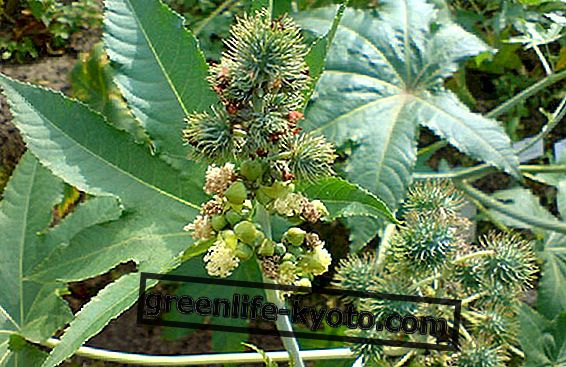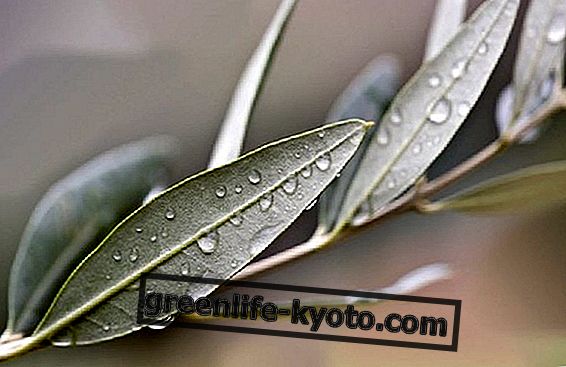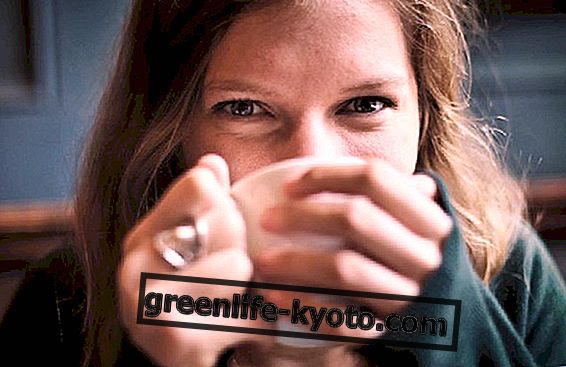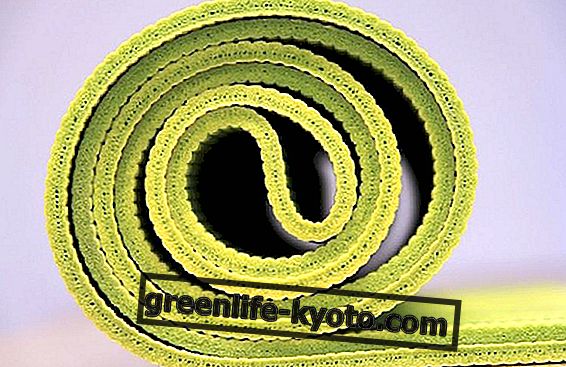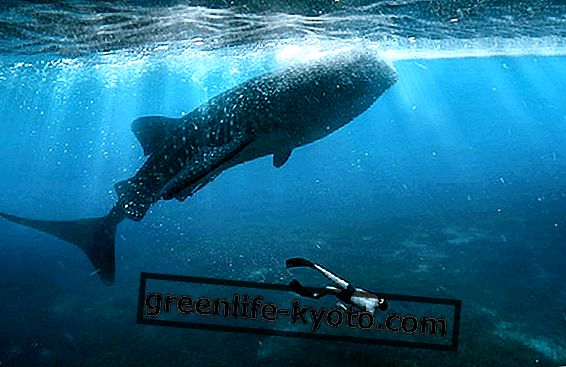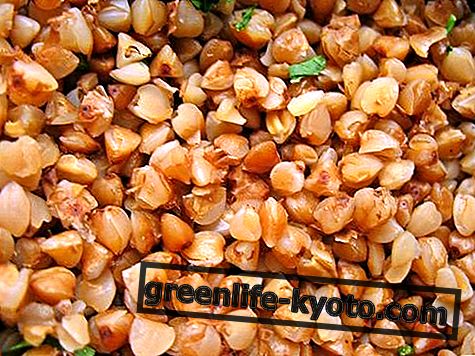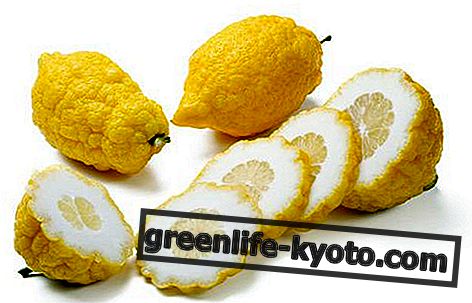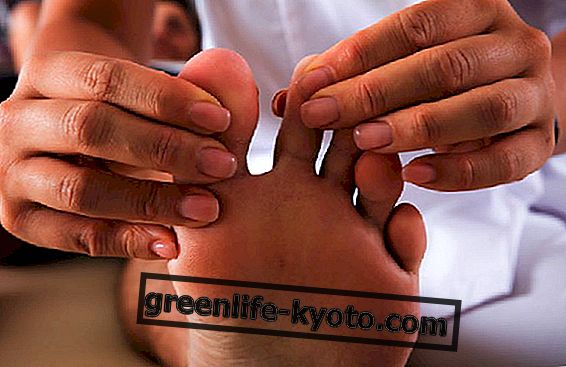
The skin of an individual begins to form from the moment of conception, or when the sperm and the egg unite in the uterus and give rise to a new life.
When the sperm reaches the egg, a hot energy like fire (so called Agni) begins to move, which allows not only a process of multiplication and expansion of the cells of the "new" being but also the formation of a protective substance around the egg: the skin .
The skin is called, in Sanskrit Twacha, which means "to cover" or "envelope". It therefore plays an extremely important role for every individual from the moment of conception, since it has the function of covering all the internal organs and protecting them from the outside, from everything that is outside the body.
The three Doshas (Vata, Pitta and Kapha) can be a cause of well-being (if they are in equilibrium) but also of illness (if in imbalance between them) of the organs of the body including the skin.
When tridoshas lose their balance, their energy is channeled incorrectly and if the imbalance is not corrected it can cause diseases in the long term.
We must, in fact, remember that the Doshas act in association and that they govern together every single organ and tissue of our body, including, of course, the skin.
The secondary Dishas (so-called Pachekadosha) have specific tasks and each of them is responsible for a particular function of the skin.
Vata is movement, it governs the nervous system and reaches every part of the body through impulses that travel through nerves, muscles, blood vessels and body movements. panchaka-Vata are:
> Prana : it is responsible for the perception of cosmic energy through the skin;
> Udana : is responsible for the pigmentation of the pearl
> Viyana : it is responsible for blood circulation and reaches the surface of the skin;
> Samana : is responsible for transpiration of the skin;
> Apana : is responsible for sweating.
Pitta is heat and governs metabolism and digestion at all levels. He is responsible for thoughts and the ability to understand and see. The Panchaka-Pitta are:
> Pachaka : is related to Samana Vata and is responsible for transpiration of the skin;
> Ranjaka : he is from Udana Vata and is responsible for pigmentation;>
> Shadaka : is related to Prana Vata and therefore perceives and transmits to the brain what the skin receives from the outside;
> Alochaka : it is also connected to Prana Vata and maintains the uniformity of the skin color;
> Bharajaka : found in the skin; is related to Vata and is responsible for skin sensitivity; of the brightness of the same and of the absorption of the substances (for example the oils used during the Abhyangam treatment).
Kapha is stability, it is responsible for the structure and resistance of tissues and joints. The Panchaka-Kapha are:
> Kledaka : works together with Samana Vata and Pachaka Pitta to maintain the balance of skin temperature;
> Avalambaka : acts with Prana Vata and Shadaka Pitta to maintain the resistance and vitality of the skin;
> Bhodaka : acts with Udana Vata and Alochaka Pitta, is responsible for maintaining the skin, preserving it from dryness, cellulite and excess fat;
> Tarpaka : acts with Prana to maintain the degree of sensitivity and odor of the skin;
> Shlesaka : acts with Vata and through lubrication maintains the sensitivity, brightness, oiliness and moisture of the skin.
According to ayurveda, the skin is made up of seven layers:
> Avabhasini, is the outermost layer of the skin and responsible for pigmentation. Its disorders cause irritation, dry skin, itching, acne.
> Lohita, is the second trato of the skin and is connected to the red color. Its ailments cause dark or red spots on the skin, dark circles, moles.
> Sweta, is the third layer and is connected to the white color. It has the task of maintaining and controlling the body's heat and humidity. Its ailments cause swelling, pimples, cysts, slag deposit;
> Tamara, is the fourth stratom, located between the superficial and deeper statues. It is difficult to treat because it is distant from blood vessels and the skin surface. His disorders cause eczema, etc .;
> Vidhini, is the fifth layer. Its disorders cause herpes and psoriasis;
> Rohini, is the sixth layer. His disorders manifest themselves in the glands and lymph nodes;
> Mansadhara, is the deepest layer connected to the muscular tissue. Its disorders cause fistulas and small ulcers.
Skin abnormalities arise when the three dishas do not act in harmony. At this point it will be necessary to act on the physical to compensate for the imbalances both with applications of medically on the skin and with the use of preparations.
External treatments are effective on the first three layers, the internal ones on the last three. Abhyamgam, oils and skin: the term "Abhyangam" literally means "application of oils in all parts of the body" (from abhi "all directions" and angam "parts of the body").
Medicated oils (Tailam) used in abhyangam and absorbed by the skin during the massage act on the main and secondary doshas.
It is important to use suitable oils from time to time so that the massage provides both mental and physical well-being. During the abhyangam the oil acts on the different Panchacadosha and on the various tissues obtaining very precise effects:
> prana, vata and shadaka pitta harmonize the brain, relax the tissues, calm the mind, give vigor, vitality and joy;
> udana, vata and bharajaka pitta give color to the complexion, maintain a good quality of tissues and liquids, protect the epidermis;
> vyana vata and bharajaka pitta promote arterial, venous, lymphatic and energy circulation;
> samana vata and pachaka pitta help the digestion and secretion of bodily waste;
> mansa, meda and shukra are three tissues that tone the muscles and fat directly, thus increasing the structural strength and vitality of the reproductive system.
Also read Ayurveda for the radiance of the face >>
